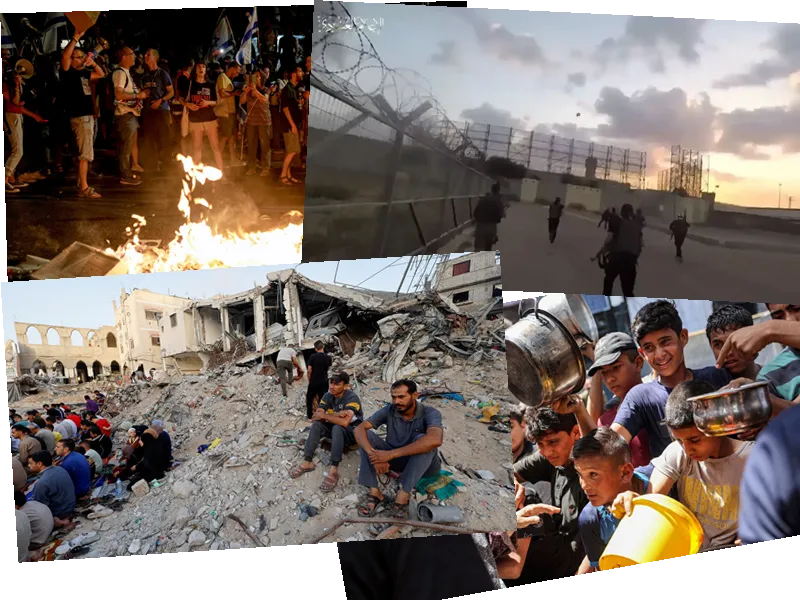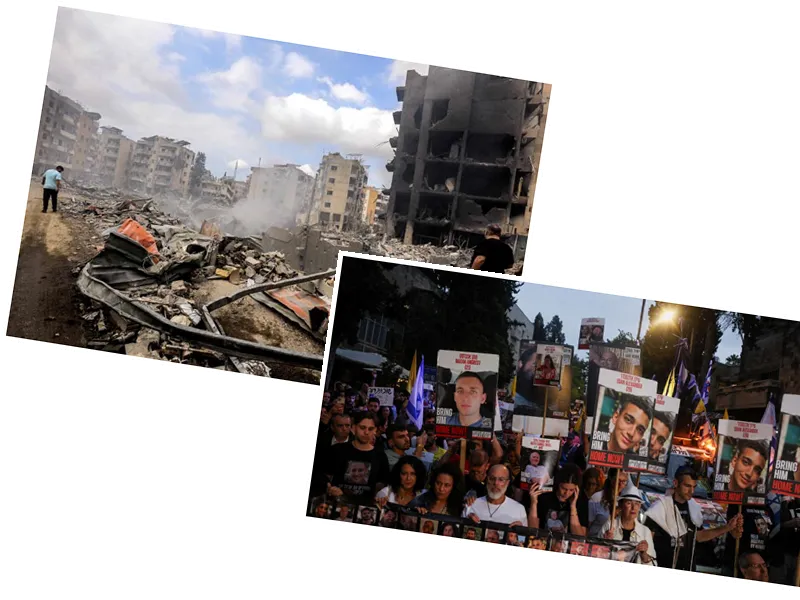A recently published document has revealed that the Israel Defense Forces (IDF) and intelligence systems were aware of Hamas's plan to attack, kill, and kidnap people two weeks before the massacre on October 7. The document, compiled by the IDF Division specialized in the Gaza Strip, detailed Hamas's training exercises and intentions. Despite this knowledge, the IDF did not act on the warning signals.
Titled 'Detailed End-to-End Raid Training,' the document was distributed on September 19, 2023, and included comprehensive details about Hamas’s exercises such as storming military posts, kidnapping soldiers and civilians, and holding hostages. Senior officials in the intelligence services were aware of these plans, according to sources from Kan News and The Jerusalem Post.
This revelation comes amid intense criticism in Israeli society over the intelligence and military's inability to prevent the October 7 attack, which resulted in a significant number of casualties and hostages. The IDF did have precise information about Hamas’s actions, but due to negligence and prevailing conceptions in the state security establishment, no preventive measures were taken.
The IDF's failure to act on this intelligence is now under scrutiny. In the coming weeks, an investigation team from the General Staff is expected to present initial conclusions to the Chief of the General Staff regarding this major oversight. Meanwhile, the humanitarian situation in Gaza has significantly deteriorated.
In response to the ongoing conflict, the IDF announced a 'tactical pause' of military activities in southern Gaza, allowing for humanitarian aid deliveries for 11 hours each day. Despite this, the humanitarian crisis continues to grow, with the United Nations and various human rights groups highlighting the dire conditions faced by Gaza's population.
The now eight-month-long conflict has resulted in over 37,000 deaths in Gaza and left more than 75% of the population displaced. Israeli Prime Minister Benjamin Netanyahu and other political figures are facing internal disagreements about handling the crisis, with calls for more effective aid delivery amidst continued fighting.
- The humanitarian pause is orchestrated to facilitate the movement of aid trucks from the Kerem Shalom crossing into Gaza. However, the effectiveness of this pause remains uncertain due to ongoing fighting and dangerous travel routes. Humanitarian workers and aid organizations highlight the difficulties in distributing aid, citing the dangerous and anarchic conditions in many parts of Gaza.
- Israel’s decision to enforce this tactical pause has not been uniformly accepted within its government. Prime Minister Netanyahu expressed dissatisfaction upon initially learning about the pause, and far-right political figures have voiced strong opposition to it. This has led to open accusations and deepened fissures in the Israeli government.
- Humanitarian conditions in Gaza have long been catastrophic, but the situation has intensified with the ongoing conflict. Essential medical supplies are scarce, infrastructure is heavily damaged, and food and water shortages have reached critical levels. International bodies have repeatedly called for a comprehensive ceasefire to address these humanitarian needs adequately.
- The international community remains divided on the issue, with some countries providing humanitarian aid to Gaza while continuing to supply Israel with military resources. This paradox has led to criticism from various global organizations, including Oxfam, which highlighted the contradictory approach of providing aid to Gazans while equipping Israel militarily.






